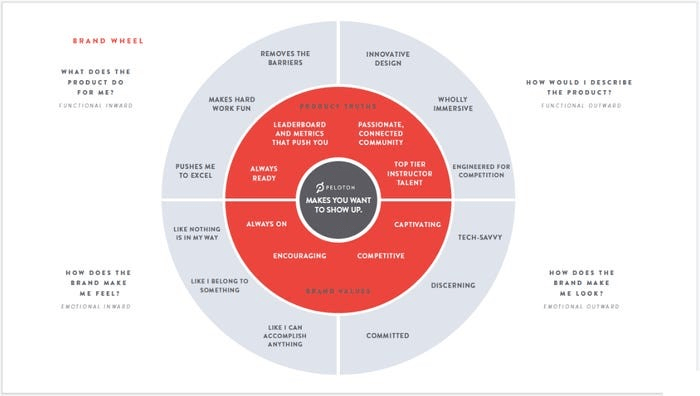
When it comes to marketing, the terms "business branding" and "business positioning" have many different meanings. Even small companies need to consider their target market
segments and competitors. Before beginning, companies must consider the types of products and services they want to sell, current perceptions of their products and services, and competitive forces. Here are some tips to help you determine what your business needs and what you can do to stand out.
Branding is about creating a unique image of your product in the mind of the customer
When marketing a product or service, it is vital to create an image that the customer will identify with. A brand image is the current perception of a brand, and is formed over time based on the customer's interactions with the product or service. While these interactions may not result in a purchase, it is important to remember that the brand image is a collection of the customer's beliefs, ideas, and impressions.
Whether you have a new product or are already selling an old one, branding is essential for both the brand and the product. A brand image creates a positive perception of the product and helps customers to remember your products and services. A brand image includes a company's logo and design, a mission statement, and a consistent theme throughout all marketing communications. Branding is crucial for companies to separate themselves from their competitors and create a loyal customer base. A Zendesk survey revealed that 87% of consumers appreciated consistent branding.
Positioning is about making your product or service the preferred option among all competitors
Positioning is the strategic marketing concept of defining a product's place in the consumer's mind, relative to competitors. This strategy is essential for launching new products or services, and can be very useful throughout the life cycle of a product or service. In simple terms, positioning means making your product or service the choice of a customer. Successful positioning strategies define what makes your product or service unique and differentiated from your competitors.
There are several approaches to positioning. Some companies position themselves by associating their product or service with a particular use or application. For example, there is a growing demand for nutritional supplements to boost performance at the gym. Similarly, businesses can position themselves by assuring consumers of their high quality. Developing and testing your positioning strategy will help you determine the most effective way to position your product or service.
Positioning must be built to last. The majority of offerings will need to revisit their positioning strategy and make adjustments. This is usually more difficult than initial positioning because repositioning builds on previous established work. As such, it's like remodelling an old house. When your product or service is already widely adopted, you may need to reposition it. In such a case, you must consider the needs of your target customer.
One way to position your product or service is by its price. This type of positioning is associated with competitive pricing. For example, supermarket chains frequently have lower-price house brands than other retailers because of their low distribution and logistical costs. This tactic appeals to price-sensitive consumers. The brand's price will then become its positioning strategy. If consumers are looking for a product with low prices, they are likely to go with the lowest price.
Another way to position a product or service is to find its Unique Selling Proposition (USP). This is a benefit that separates your brand from similar alternatives. It will make your brand stand out from the crowd, become more memorable, and give it a distinct advantage over your competition. But how do you make your USP stand out among your competitors? The key to positioning is to communicate it effectively to your target audience.
Differentiation is a closely related strategy to positioning. It's the process of identifying characteristics and benefits of your product or service that make it better than your competitors. Effective positioning creates a clear and focused value proposition for the market. This value proposition helps your product or service become the preferred choice of your customers. The customer will be more willing to buy your product or service than those of a competitor.
It's about creating a unique emotional benefit
A powerful emotional benefit is the key to successful business branding and positioning. These benefits are hidden but hold tremendous power over customers. When created consistently, they can turn a product into a brand. They provide credibility and set you apart from your competitors. Creating one is easy and will give your business a competitive advantage in a crowded market. But how do you create one? What are some strategies for leveraging an emotional benefit?
New Paragraph
Ready to work with Atlas Consulting?
Let's connect! We’re here to help.
Send us a message and we’ll be in touch.
Or give us a call today at (913) 788-6511